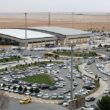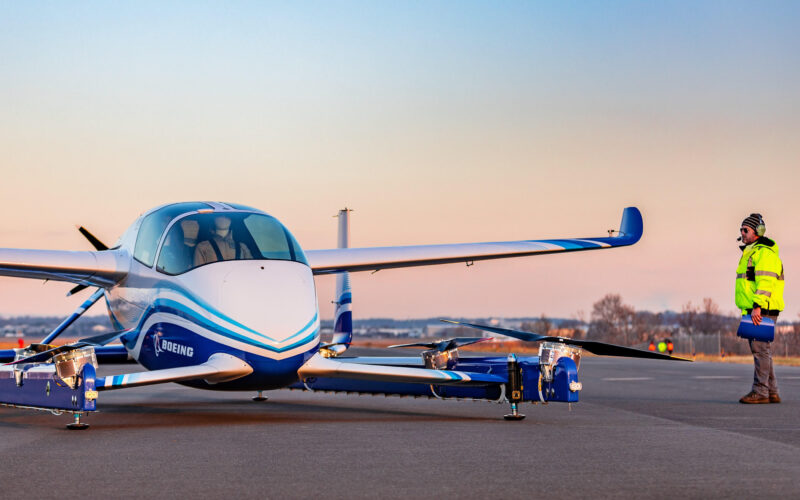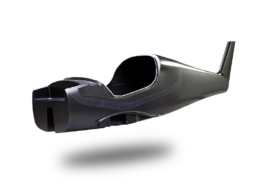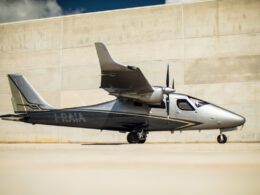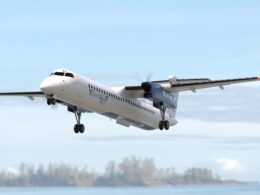Hopeful to “unlock the potential of the urban air mobility market”*, Boeing began testing autonomous functions and ground control systems of its autonomous passenger air vehicle.
The company announced the news on January 23, 2019, adding that the test flight, which involved a controlled takeoff, hover and landing, took place the previous day.
The prototype measures 30 feet (9.14 meters) in length and 28 feet (8.53 meters) in width. It is powered by electrical propulsion system and should have a range of up to 50 miles (80.47 kilometers). The company is aiming to achieve the capability of a fully autonomous flight, including takeoff and landing.
“This is what revolution looks like, and it’s because of autonomy,” said John Langford, president and chief executive officer of Aurora Flight Sciences is quoted in a statement. “Certifiable autonomy is going to make quiet, clean and safe urban air mobility possible.”
“Boeing was there when the aviation industry was born and in our second century, we will unlock the potential of the urban air mobility market,” said Steve Nordlund, vice president and general manager of Boeing NeXt.
The capability of forward, wing-borne flight and the transition phase between vertical and forward-flight modes – or “the most significant engineering challenge” for high-speed vertical takeoff and landing (eVTOL) aircraft, as the company puts in – should be tested later on.
Besides passenger air vehicle (PAV) prototype, Boeing is also working on a cargo version, capable to transport up to 500 pounds (226.80 kilograms). The company is already testing the later air vehicle: indoor flight testing began in 2018 and outdoor testing is expected in 2019.




